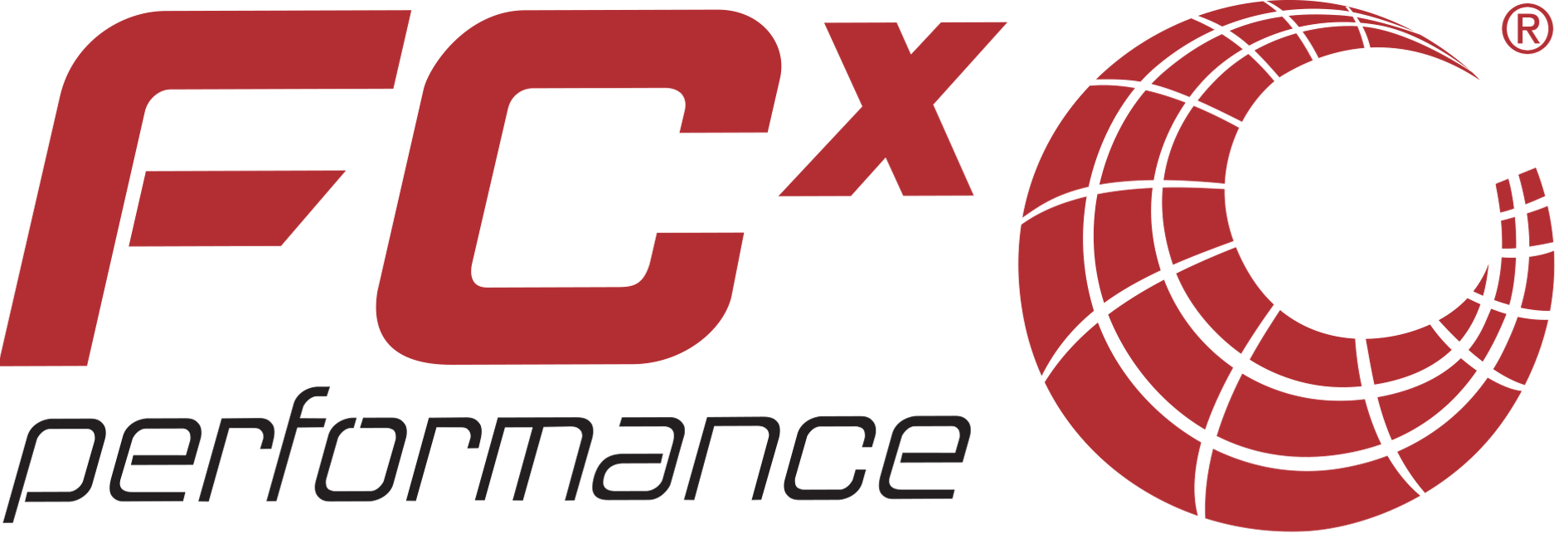
Do’s and Don’ts of Hose Installation
Six key tips to keep things flowing smoothly and safely
Article written by FCX Performance, Inc
There are many aspects that can get overlooked when it comes to hose installation. Improper installation and negligent handling in the field can drastically reduce your hose's service life or even cause a premature failure.
Following these do’s and don'ts can help you make sure your hose is installed correctly and maximize your hose’s service life.
DO
Check hose for any signs of damage before installation
Fit hose in a relaxed position
Keep hose in-plane
Don't
Twist hose assemblies during installation
Ensure you never twist your hose during installation; otherwise, you can cause torque. Torque is a force that can produce rotation of, or torsion through, one end of a hose assembly while the other end is fixed. The likelihood of leakage or failure increases if you install an industrial hose with torque in your assembly. You can combat torque by using rotating flanges or swivel-type fittings. For union-style fittings, use two wrenches when making the union connection; one to prevent the hose from twisting and the other to tighten the coupling.
Bend hose at angle beyond bend radius
Ensure the hose is not bent beyond its minimum bend radius when it is installed. When you bend the hose beyond its bend radius, you can potentially kink your hose or cause a premature failure. Keep your hose at a sufficient length to prevent over bending and reduce strain.
Create a sharp angle near end/fitting
Avoid creating sharp angles in your installation, especially near the end or fittings of the assembly. This can potentially overstress or kink the hose. If you need to install your hose at a sharp bend, it’s best to use an angled end connection to relieve the added stress. You can also avoid a sharp angle by installing the hose in-plane. These solutions can increase hose longevity and allow your hose to work at its peak performance.
Don’t allow a minor mistake to set you back. By following these tips, you can expect maximum life out of your industrial hose and keep your process flowing smoothly.
Talk with an expertLet our knowledgeable team of experts find the best solution for you. Schedule an appointment with one of our experts to see how we can improve your hose process. |


